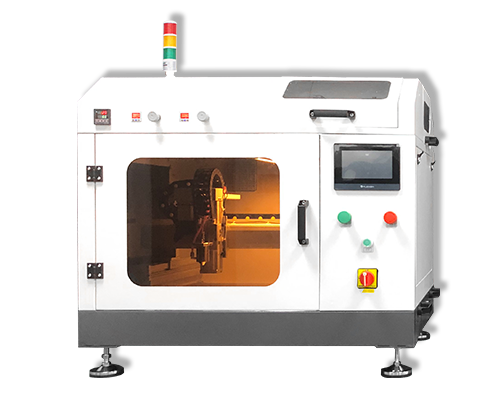What are the Difficulties of Lightweight Fuel Cells?
What are the Difficulties of Lightweight Fuel Cells? Fuel Cell Coating – Cheersonic
Improve the power density of the stack: This involves a lot of content, including key materials and components such as the core membrane, catalyst, diffusion layer, and electrode plate, which have a great impact. Their integration process and design have a great impact on improving the power density of the stack. impact is also very large.
System integration: This has a lot to do with the entire industry, and requires the promotion of the industrialization of various subsystems and key components. With the in-depth development of the system, many overlapping functional devices need to be further integrated. For example, the currently launched all-in-one fuel cell controller and the introduction device with hydrogen return are all new products to further improve the integration of the system. device. It is believed that with the continuous deepening of industrialization, there will be more new components with higher integration.
Improvement of working temperature and heat dissipation capacity of fuel cells: The working temperature of fuel cells is relatively low, and the heat dissipation system occupies a large amount of space during application. Especially in recent years, the heat dissipation problem of high-power applications such as heavy trucks is particularly prominent. High-efficiency fuel cells There is an urgent need for breakthroughs in cooling technology.

Ultrasonic spray fuel cell catalyst coating system can produce highly uniform, repeatable and durable coatings. Our ultrasonic spraying can well control coating properties, significantly reduce material usage, and reduce maintenance and downtime.
Our company’s ultrasonic spraying equipment can be sprayed on a variety of different metal alloys, including the preparation of platinum, nickel, iridium and ruthenium-based fuel cell catalyst coatings, as well as PEMs, GDLs, DMFCs (direct methanol fuel cells) and SOFCs (solid Oxide fuel cell) manufacturing. The battery manufactured by this technology has the characteristics of high battery load and high battery efficiency.
The optional ultrasonic dispersion system can uniformly disperse the catalyst solution without blocking the ultrasonic nozzle, thereby providing a uniform and homogeneous fuel cell catalyst coating, and has a controlled droplet size from ultra-low flow to production-scale flow.

